Creating an engaging and stimulating environment for pet lizards is essential for their physical health and mental well-being. Unlike simpler single-zone setups, multi-zone enclosures provide diverse areas that mimic a lizard’s natural habitat, allowing them to exercise natural behaviors like climbing, basking, hiding, and exploring. These specialized habitats can dramatically improve your pet’s quality of life by offering thermal gradients, varied humidity zones, and different textures and elevations. This comprehensive guide will walk you through everything you need to know about designing, building, and maintaining the perfect multi-zone enclosure for your active reptilian friend.
Understanding Your Lizard’s Natural Habitat
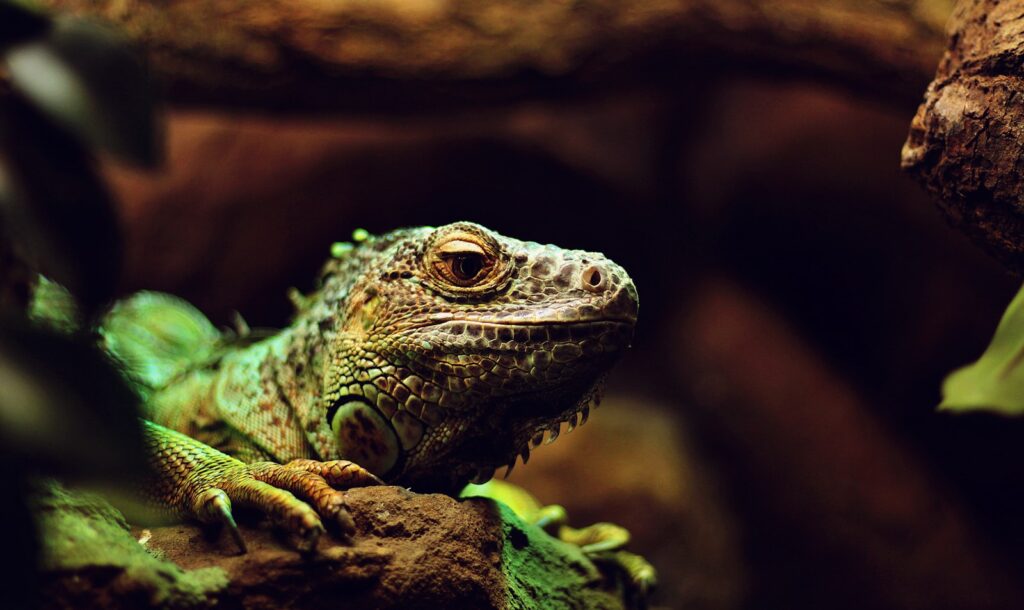
Before designing any enclosure, it’s crucial to research your specific lizard species and understand its native environment. Desert-dwelling species like bearded dragons require different habitats than tropical species like crested geckos or water-loving species like Chinese water dragons. Study the temperature ranges, humidity levels, vegetation types, and terrain features that your lizard would encounter in the wild. This knowledge forms the foundation of your enclosure design and helps ensure that each zone serves a meaningful purpose. Remember that even within the same genus, different species can have vastly different requirements, so species-specific research is essential for creating an appropriate habitat.
Selecting the Right Enclosure Size and Type

For active lizard species, size matters significantly more than for sedentary species. As a general rule, the enclosure should be at least four times the length of your adult lizard in length, twice the length of your lizard in width, and twice the length of your lizard in height (for arboreal species, height becomes even more important). Glass terrariums, PVC enclosures, wood vivariums, and custom-built enclosures all have their advantages, with larger species often requiring custom solutions. Consider the mature size of your lizard, not just its current juvenile dimensions, as upgrading enclosures can be stressful for the animal and expensive for you. Materials like melamine-coated wood offer good insulation but must be properly sealed against moisture, while glass provides excellent visibility but poor insulation.
Planning Your Multi-Zone Layout

The essence of a multi-zone enclosure lies in its thoughtful layout that creates distinct functional areas. Start by mapping out your enclosure on paper, dividing it into at least three primary zones: a warm basking area, a cooler retreat area, and a moderate transition zone. For larger enclosures, you might add specialized zones like a humid microclimate, a water feature, an elevated climbing zone, or a deep substrate area for digging species. Consider your lizard’s daily activities and natural behaviors when planning—many species patrol territories, so a long rather than tall enclosure might be preferred for ground-dwellers. The layout should flow naturally and provide easy access between zones while maintaining the distinct environmental characteristics of each area.
Creating an Effective Thermal Gradient
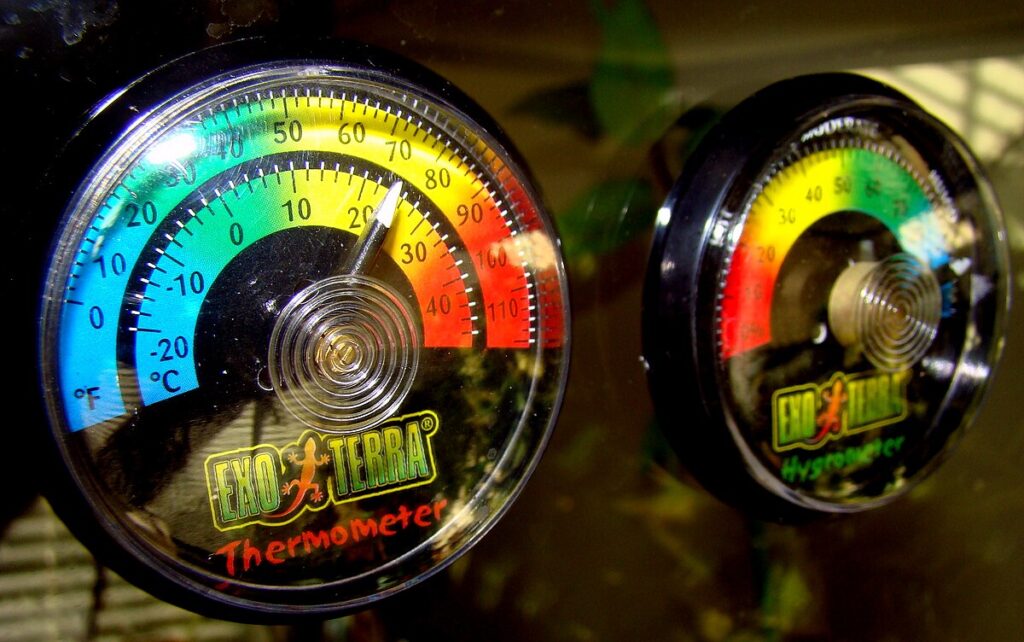
Temperature variation is perhaps the most fundamental aspect of a multi-zone enclosure, allowing your lizard to thermoregulate by moving between warmer and cooler areas. Position your primary heat source (ceramic heat emitter, halogen flood, or heat panel) at one end of the enclosure to create a basking spot that reaches the appropriate temperature for your species—typically 90-110°F (32-43°C) for desert species. The temperature should gradually decrease as you move toward the opposite end, creating a cool zone that’s typically 75-85°F (24-29°C). Use multiple thermometers placed at lizard height in each zone to monitor this gradient, and consider using a thermostat for each heating element to prevent dangerous temperature fluctuations. Remember that nighttime temperatures should drop somewhat, mimicking natural day-night cycles.
Establishing Humidity Variations
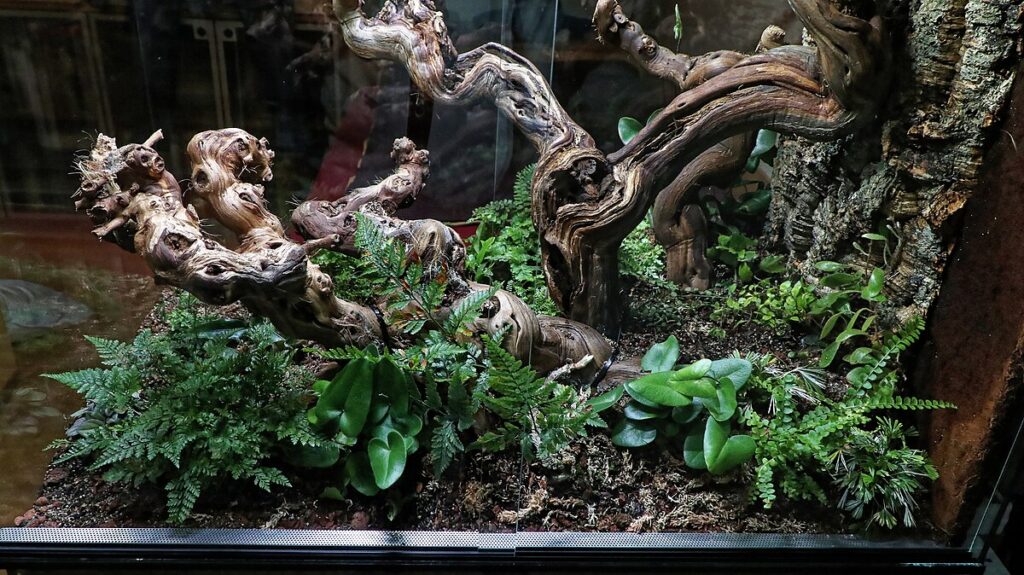
Different lizard species require different humidity levels, but almost all benefit from having both drier and more humid areas within their enclosure. For desert species, maintain an overall drier environment (30-40% humidity) but provide a humid hide where moisture levels can reach 50-60% to aid in shedding. For tropical species, the ambient humidity may need to be 60-80%, with even higher levels in designated moist areas. Create humidity variations by strategically placing water dishes, misting systems, or foggers in specific zones, and using moisture-retaining substrates like sphagnum moss or coconut fiber in humid areas. Moisture-resistant barriers like cork or acrylic dividers can help maintain these humidity differentials between adjacent zones without completely separating them.
Designing Vertical Space and Climbing Opportunities
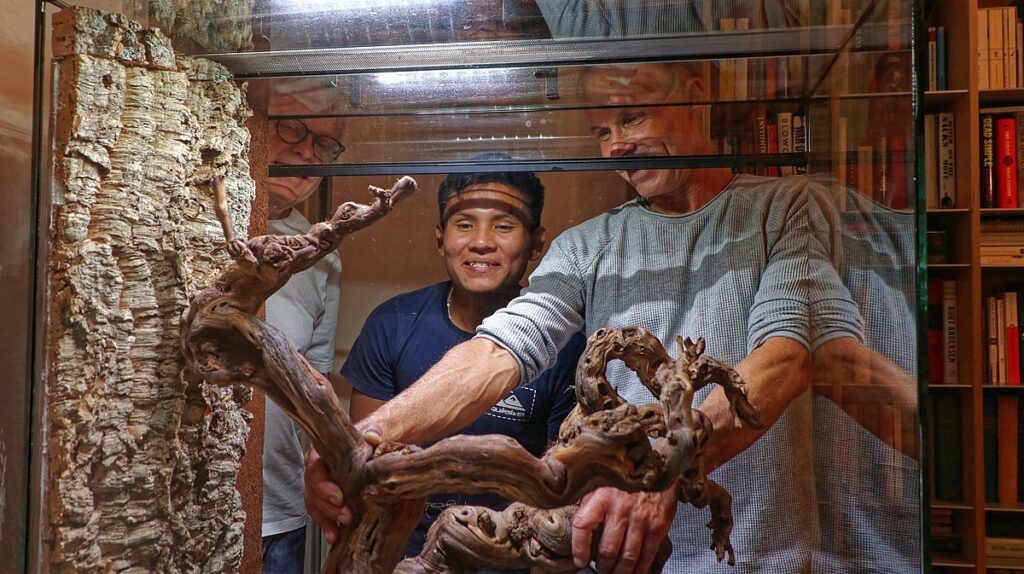
Many lizard species are skilled climbers and benefit enormously from vertical space in their enclosures. Arboreal species like crested geckos, chameleons, and green anoles require tall enclosures with abundant climbing structures, while even predominantly terrestrial species like bearded dragons enjoy climbing opportunities. Create a dedicated climbing zone using natural branches of varying diameters, commercially available reptile ladders, rock formations, cork bark, and secure vines. Ensure all climbing structures are firmly anchored and can support your lizard’s weight without risk of collapse. Position some climbing elements near basking spots so your lizard can regulate its temperature while enjoying elevated perches, and place others in cooler areas to provide options throughout the thermal gradient.
Incorporating Appropriate Hiding Spots
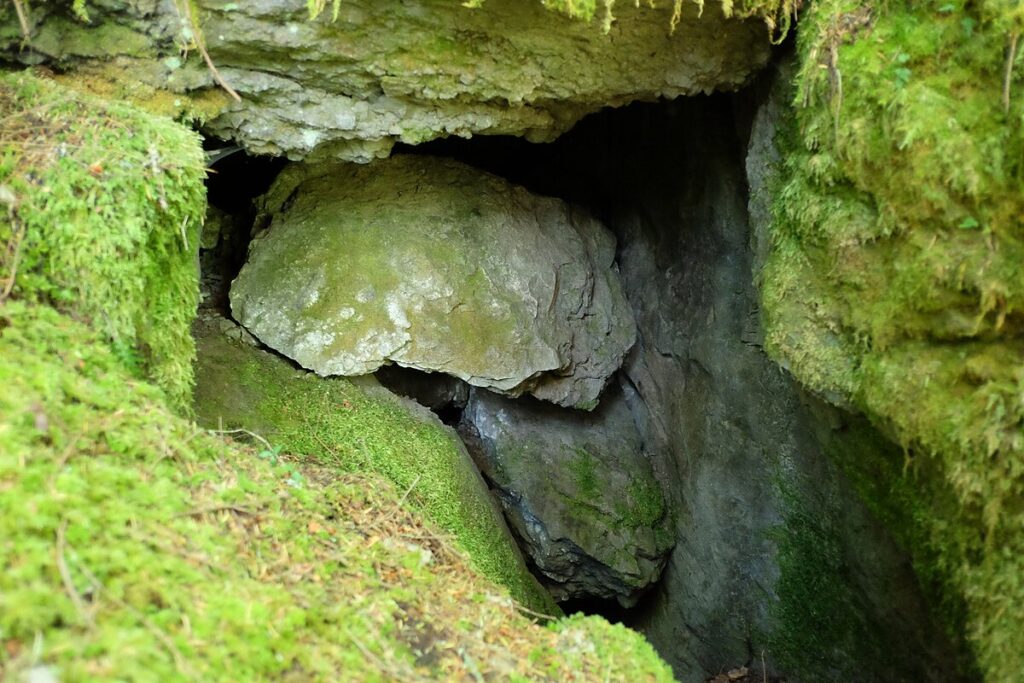
Security is paramount for lizards, and multiple hiding spots throughout different zones are essential for reducing stress and providing environmental enrichment. Provide at least one hide in each temperature zone so your lizard never has to choose between feeling secure and maintaining proper body temperature. Commercial reptile hides, hollowed cork rounds, strategically stacked rocks, dense foliage, and even simple cardboard boxes can serve as effective hiding spots. The ideal hide should be snug but not cramped, with an opening just large enough for your lizard to enter and exit comfortably. For social species housed in groups, provide multiple hides of the same type to prevent resource guarding and reduce competition.
Selecting and Arranging Appropriate Substrates
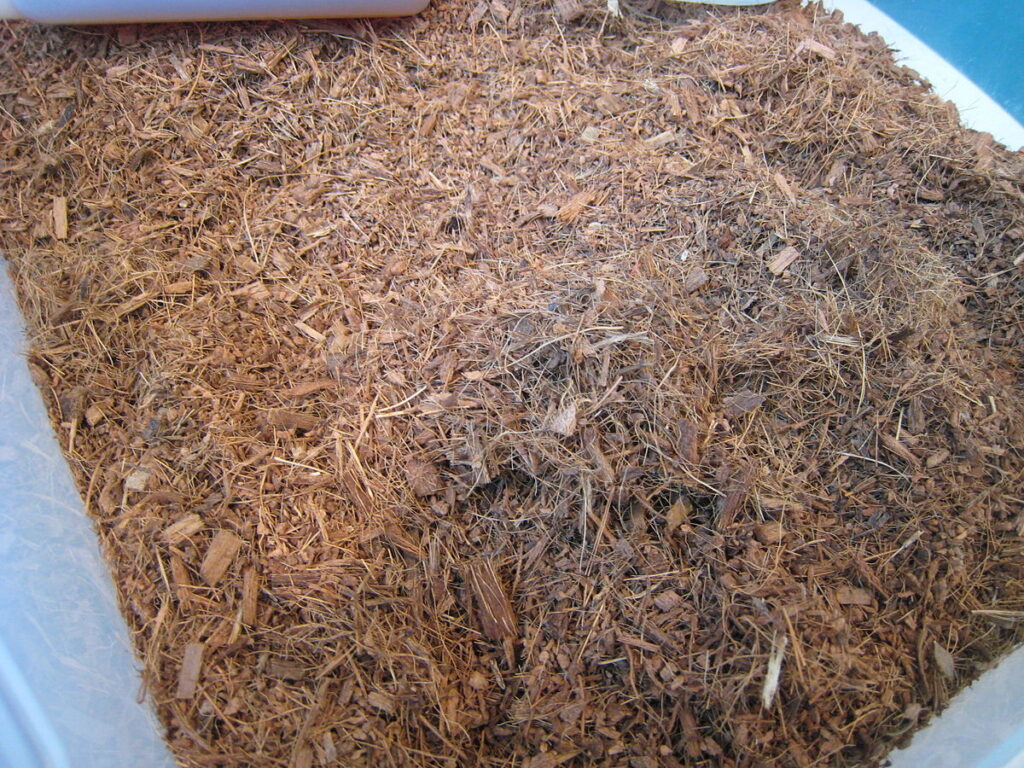
Substrate choices can dramatically enhance the multi-zone concept by creating different textures and functions throughout the enclosure. Consider using a mix of substrates rather than a single type throughout: sand-soil mixtures for desert zones, coconut fiber or cypress mulch for humid areas, and flat rock or tile for feeding zones. Bioactive substrates—living ecosystems complete with beneficial microorganisms and cleanup crews—can be particularly effective in multi-zone setups, creating self-sustaining microenvironments. Deep substrate areas (4-12 inches) can be incorporated for species that enjoy digging or burrowing, while providing a mental and physical outlet for natural behaviors. Substrate dividers made of acrylic, cork, or stone can help maintain the integrity of different substrate zones without completely separating them.
Incorporating Water Features Safely
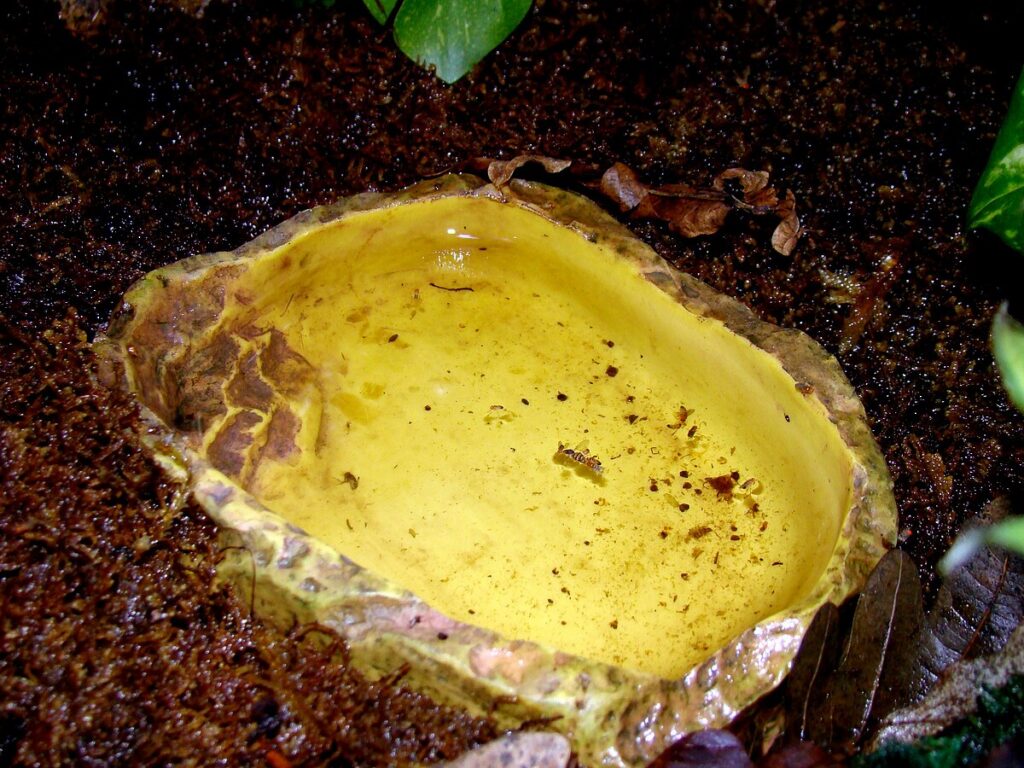
Water features add both functional and aesthetic value to multi-zone enclosures, but must be implemented with safety in mind. For semi-aquatic species like water dragons and certain monitors, a substantial swimming area with easy entry and exit points is essential. For desert species, smaller, shallower water dishes may be sufficient but should still be large enough for the lizard to soak if desired. Consider creating a dedicated “water zone” that includes not just the water feature itself but surrounding areas with water-resistant substrates and perhaps higher humidity. Recirculating water systems with filtration can maintain water quality while reducing maintenance, but require careful planning to prevent leaks and substrate saturation. Always ensure that any water feature has gradual, easily navigable exit points to prevent drowning.
Lighting for Multiple Zones
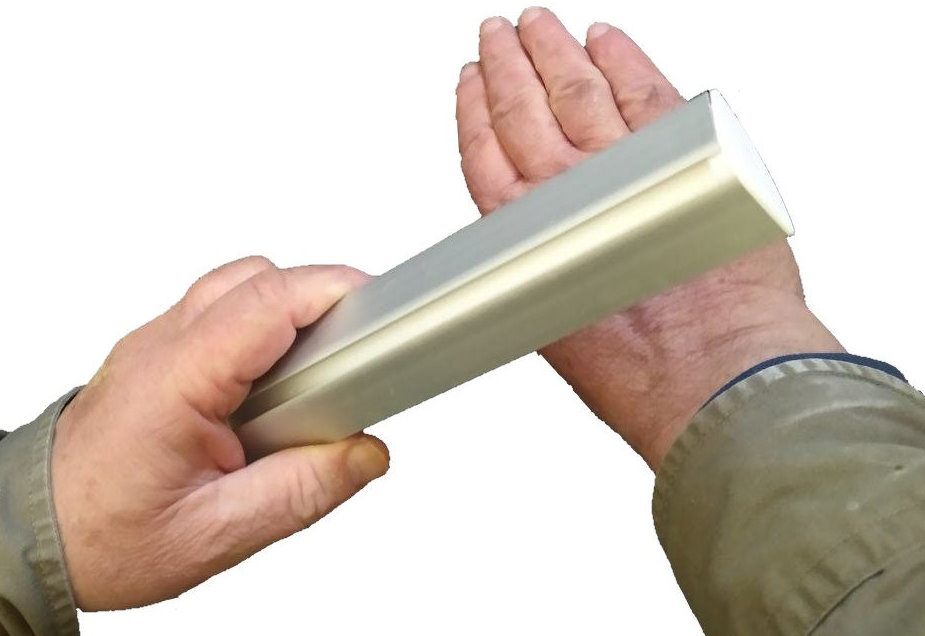
Proper lighting is critical for reptile health and helps define the different zones in your enclosure. UVB lighting is essential for vitamin D3 synthesis and calcium metabolism in most lizard species, but intensity needs vary—desert species typically require higher UVB output than tropical forest dwellers. Create a UVB gradient by positioning the primary UVB source over the basking area and allowing natural diminishment toward the cooler end. Full-spectrum LED lighting can enhance plant growth in bioactive setups and provide visual enrichment through varied light intensities. Consider implementing a day-night cycle with programmable timers, possibly including a dawn/dusk simulation with red or blue LEDs to mimic natural light transitions, which can help regulate your lizard’s circadian rhythms and natural behaviors.
Adding Live Plants and Natural Elements
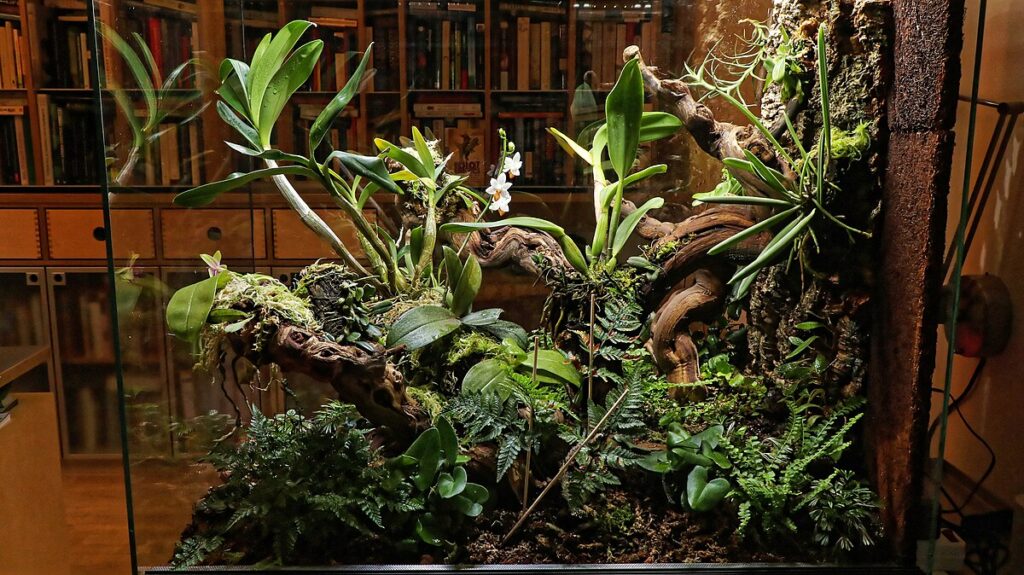
Live plants transform a basic enclosure into a vibrant ecosystem while providing numerous benefits including natural humidity regulation, additional climbing structures, visual barriers for security, and oxygen production. Choose species appropriate for your lizard’s habitat type—succulents and drought-resistant plants for desert setups, or tropical foliage for rainforest species. Ensure all plants are non-toxic and sturdy enough to withstand your lizard’s activities, and plant them in a way that defines different zones—dense foliage in humid areas, scattered drought-resistant plants in drier zones. Natural elements like rocks, driftwood, and cork bark not only enhance aesthetics but serve practical purposes as basking platforms, climbing structures, and territorial boundaries. Position larger decorative elements to help naturally divide zones while still allowing free movement between areas.
Feeding Stations and Enrichment Areas
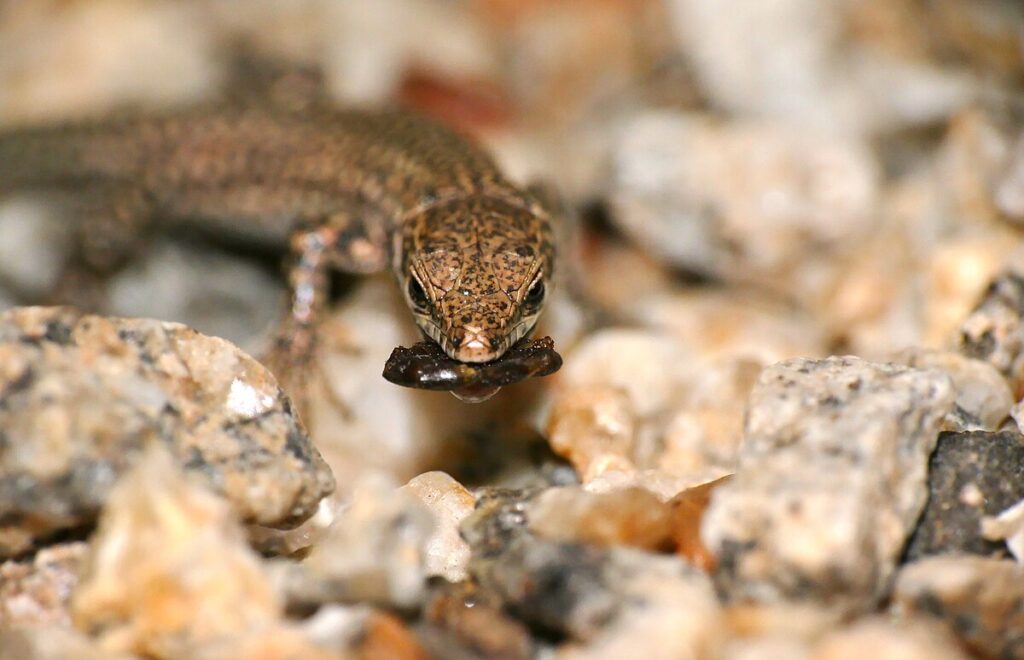
Designated feeding areas can help maintain enclosure cleanliness and provide cognitive stimulation through routine. Create specific feeding stations in accessible locations away from the main basking and sleeping areas to reduce substrate ingestion and contamination. For insectivorous species, consider incorporating hunting enrichment zones where live feeders can be released, perhaps with complex vegetation or climbing structures that make capturing prey more challenging and stimulating. Puzzle feeders adapted for reptiles, such as food items hidden within specially designed objects or vegetation, can provide mental stimulation and encourage natural foraging behaviors. Different feeding zones can also be useful for multi-lizard enclosures to reduce food competition and aggression during mealtimes.
Maintenance and Monitoring Systems
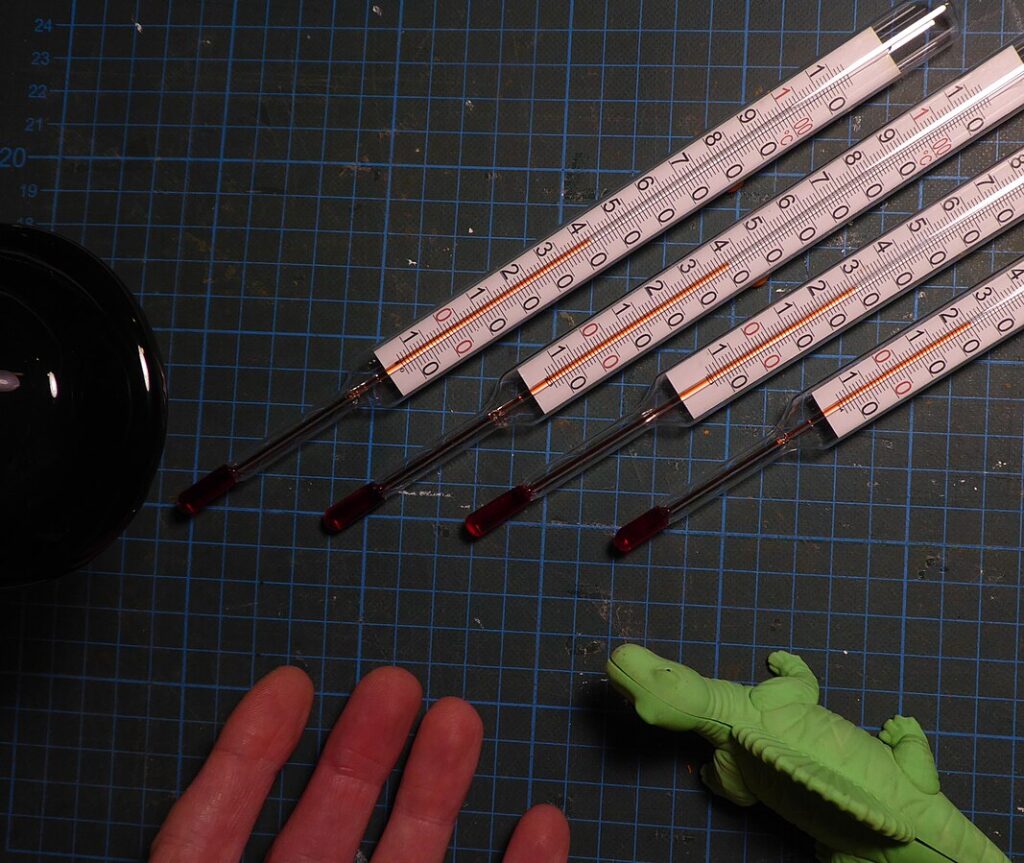
Multi-zone enclosures require diligent monitoring and maintenance to ensure all areas function as intended. Install digital thermometers and hygrometers in each major zone to track temperature and humidity fluctuations throughout the day and night. Automated monitoring systems can alert you to dangerous conditions and help you identify patterns requiring adjustment. Develop a maintenance schedule that includes spot-cleaning, full substrate changes, water feature cleaning, and equipment checks. Design your enclosure with maintenance in mind—include access doors or removable sections to reach difficult areas, and consider how you’ll safely remove your lizard during deep cleaning sessions. Keep a journal documenting environmental readings, feeding responses, and behavior patterns to help you fine-tune your multi-zone setup over time.
Potential Challenges and Solutions

Multi-zone enclosures present unique challenges that require creative solutions. Maintaining distinct environmental conditions in adjacent zones can be difficult; combat this by using partial barriers like cork rounds, rock formations, or plant groupings that create microclimates without completely dividing the space. Bioactive substrates may experience die-off if the balance of organisms is disrupted; monitor closely and be prepared to supplement cleanup crews as needed. Some lizards may show preference for particular zones while ignoring others; encourage exploration by occasionally repositioning food items or introducing new enrichment elements in underutilized areas. Large, complex setups can make it difficult to monitor your pet’s health and behavior; establish a routine of observation times and create unobtrusive viewing opportunities through strategically placed cameras or viewing windows.
Adapting Multi-Zone Concepts for Different Species
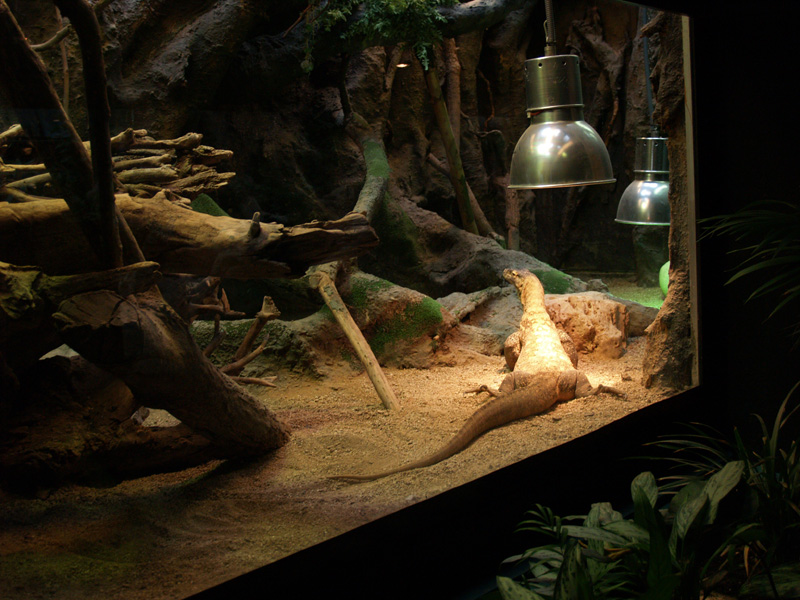
While the multi-zone concept benefits most lizards, specific implementation varies dramatically between species. For bearded dragons, create a stark desert landscape with a hot basking zone (100-110°F), a moderate middle zone, and a cooler end (75-85°F), incorporating both open areas and rocky outcrops. Crested geckos, being arboreal and nocturnal, need vertically-oriented zones with extensive climbing structures, moderate temperatures (72-80°F), and high humidity (60-80%) with particular emphasis on foliage density rather than temperature extremes. Blue-tongued skinks benefit from a more horizontal layout with multiple substrate types, including a deeper area for burrowing and a humid retreat for shedding. Water dragons require semi-aquatic setups with a substantial swimming area, multiple basking platforms at different heights, and overall higher humidity throughout but with dry basking spots. By understanding your specific species’ natural history, you can adapt these general principles to create the ideal multi-zone environment.
Creating a multi-zone enclosure for your pet lizard represents an investment in both time and resources, but the rewards are substantial. A properly designed habitat not only supports physical health through appropriate environmental conditions but also promotes natural behaviors and provides mental stimulation. Your lizard will demonstrate increased activity, exploration, and a broader repertoire of natural behaviors when given the opportunity to make choices about its environment. By mimicking the complexity and variability of natural habitats, multi-zone enclosures help our captive reptiles thrive rather than merely survive. Whether you’re setting up your first lizard habitat or upgrading an existing one, incorporating these zone concepts will significantly enhance your pet’s quality of life and deepen your appreciation for these fascinating creatures.



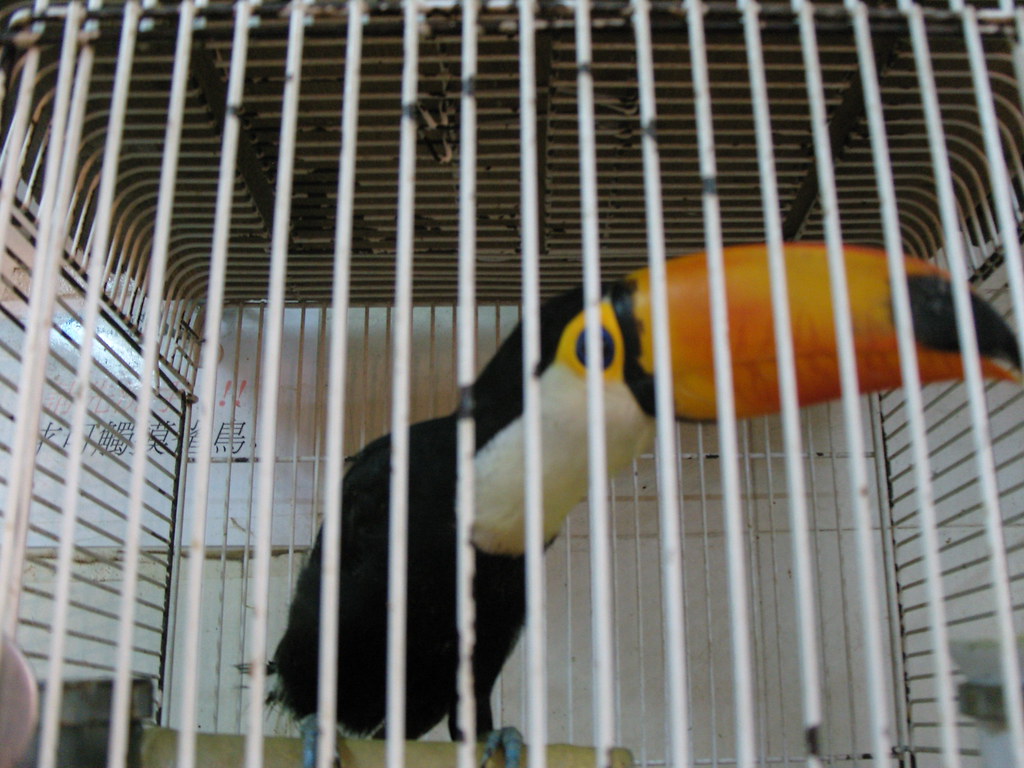
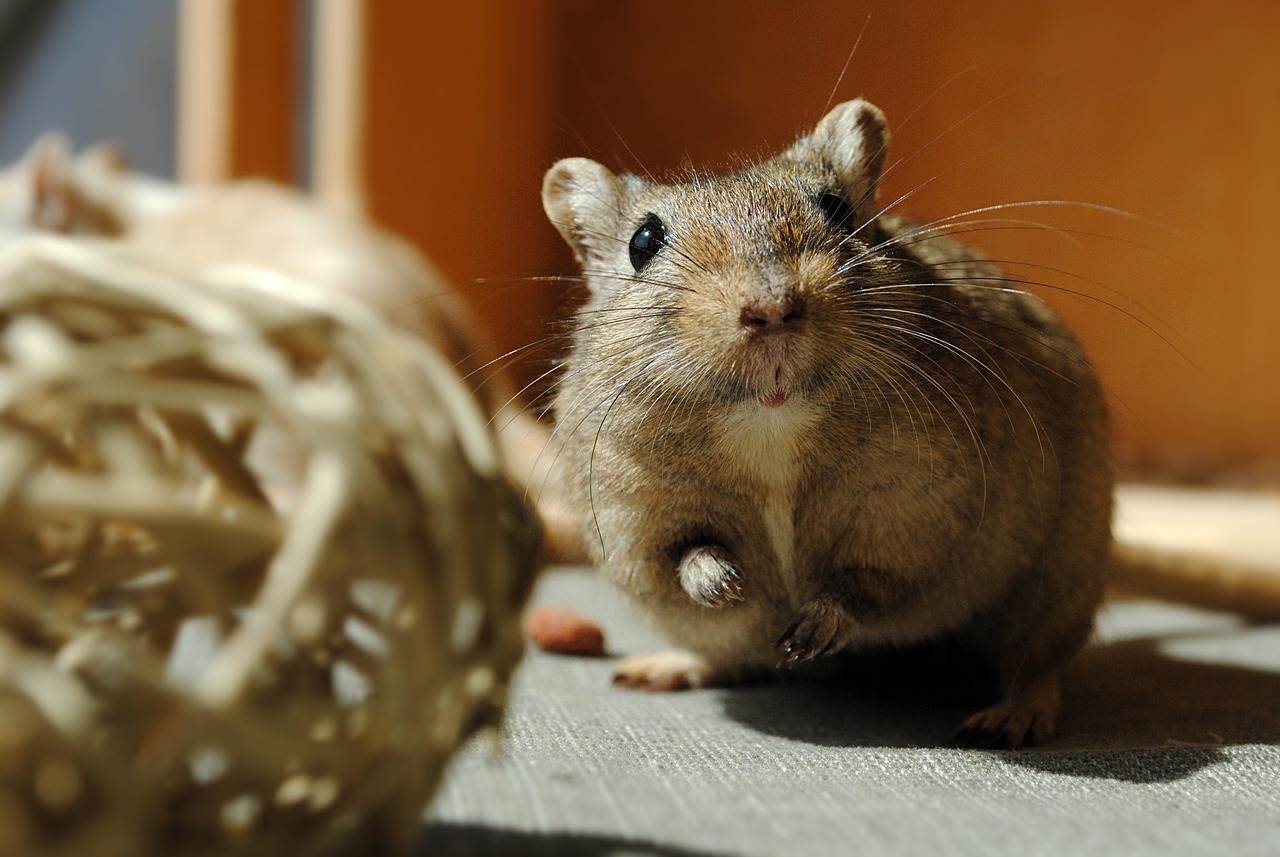
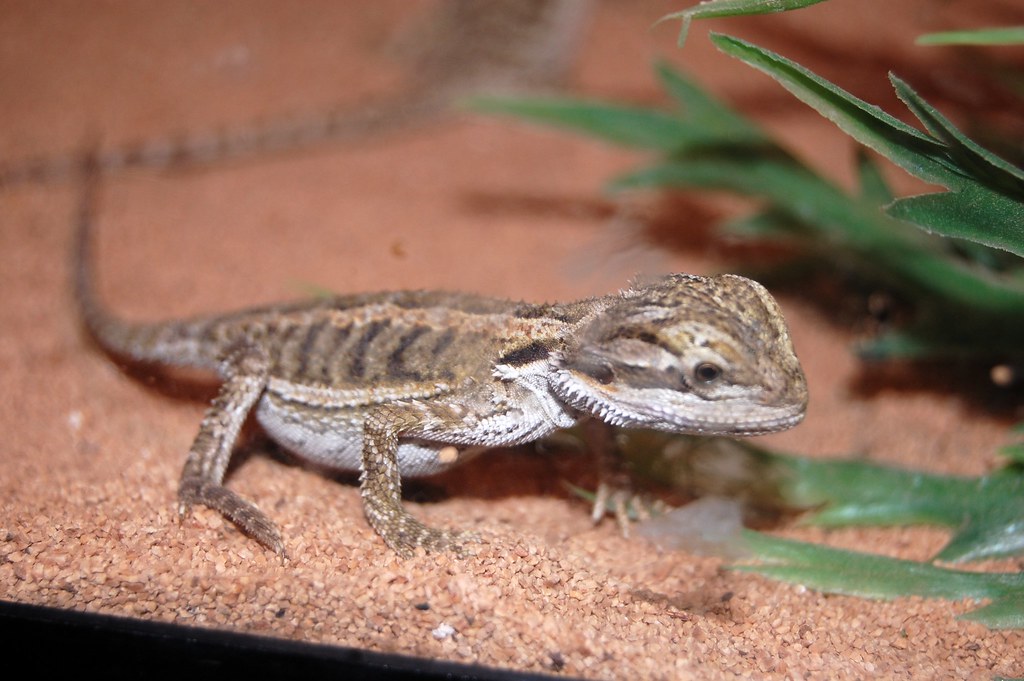
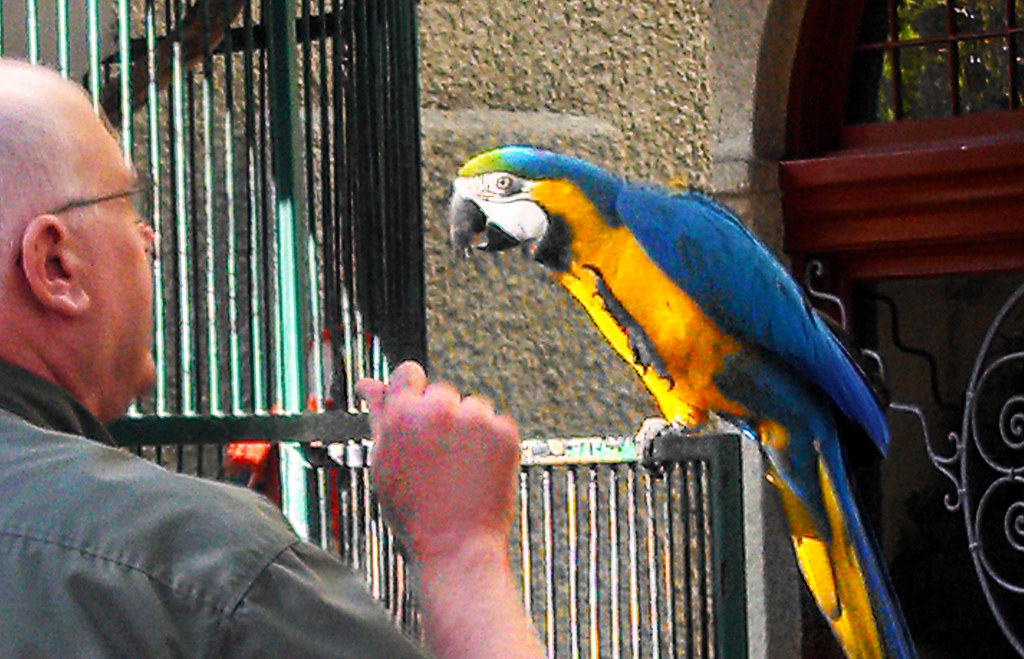
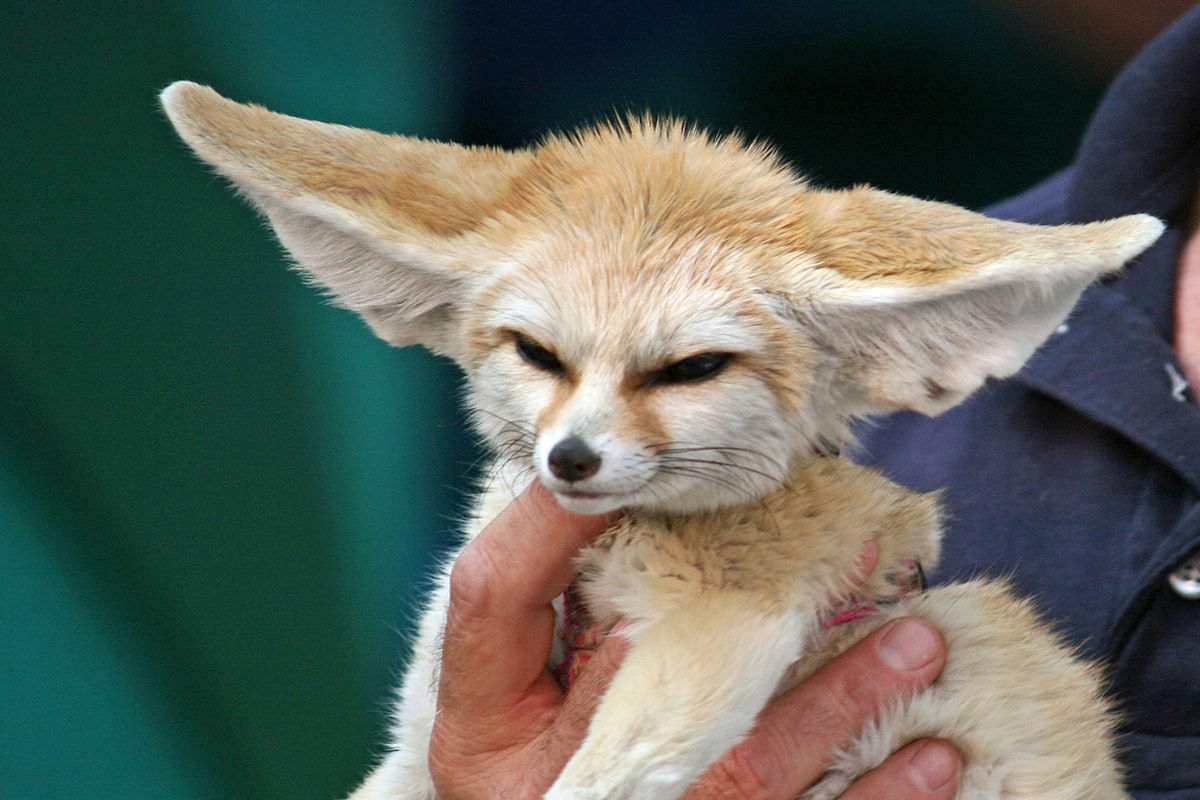
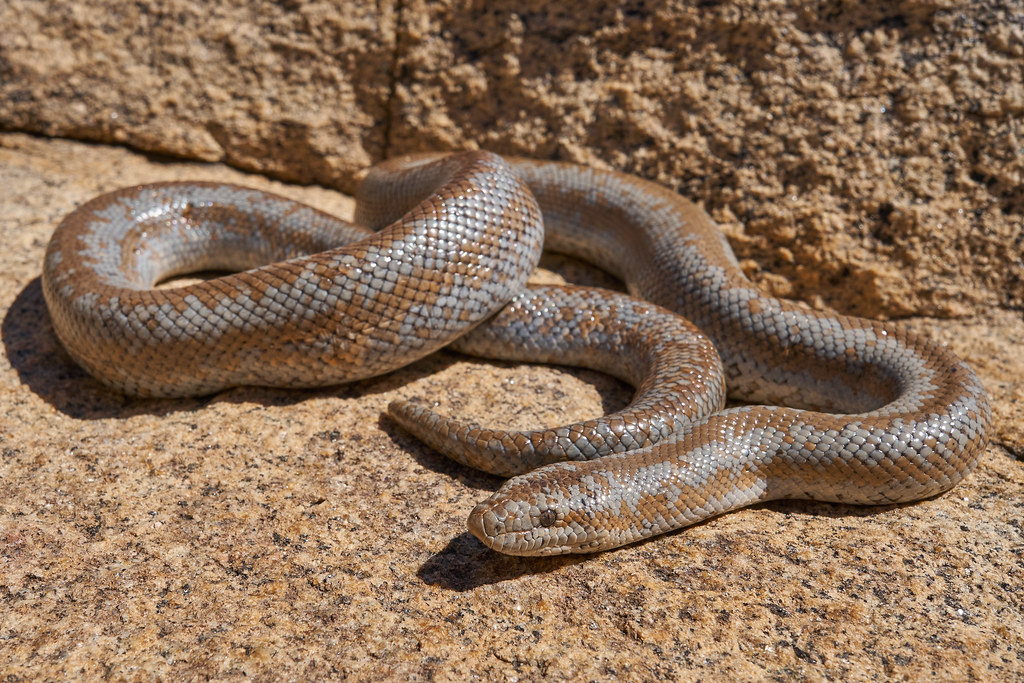
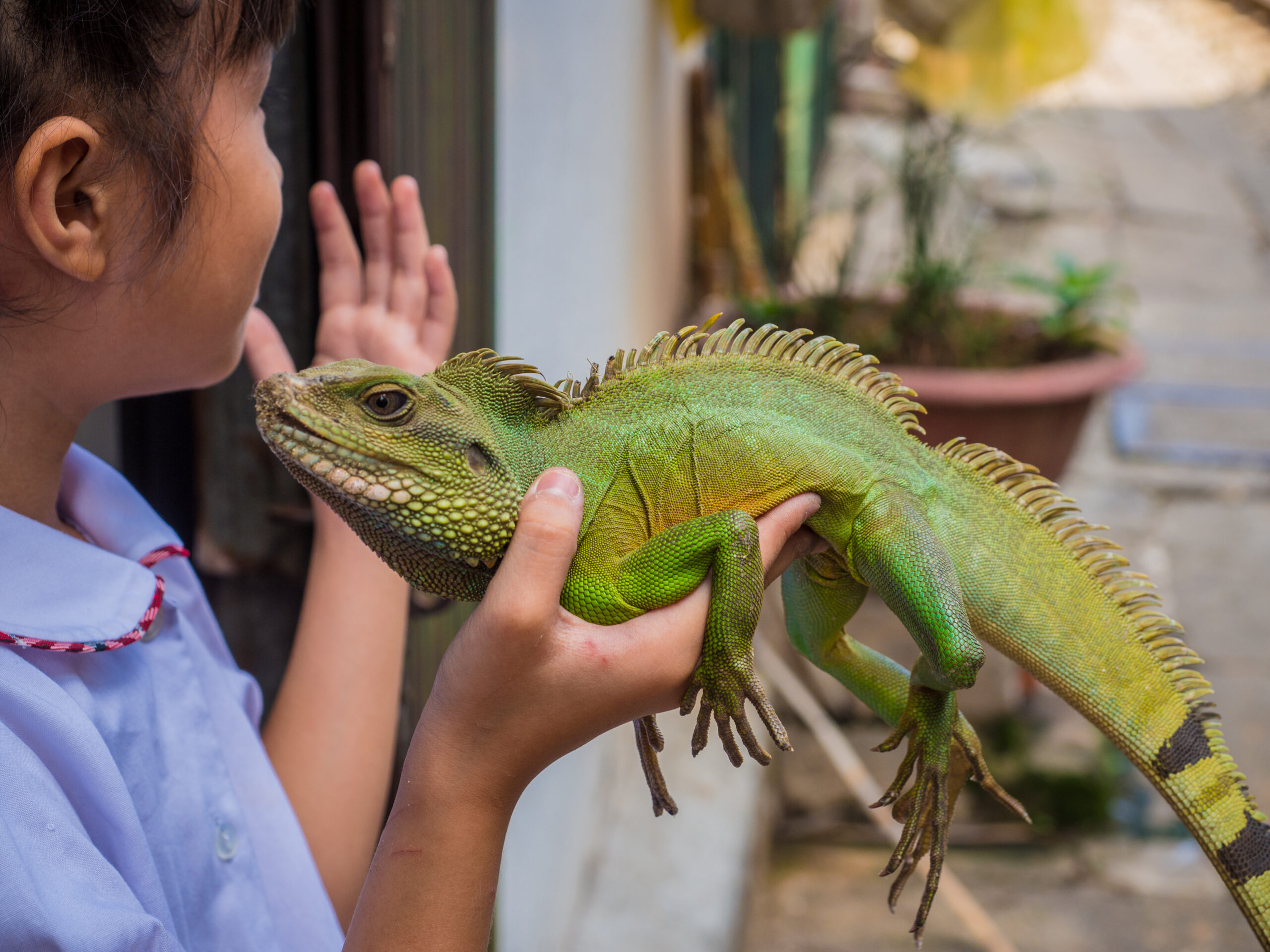
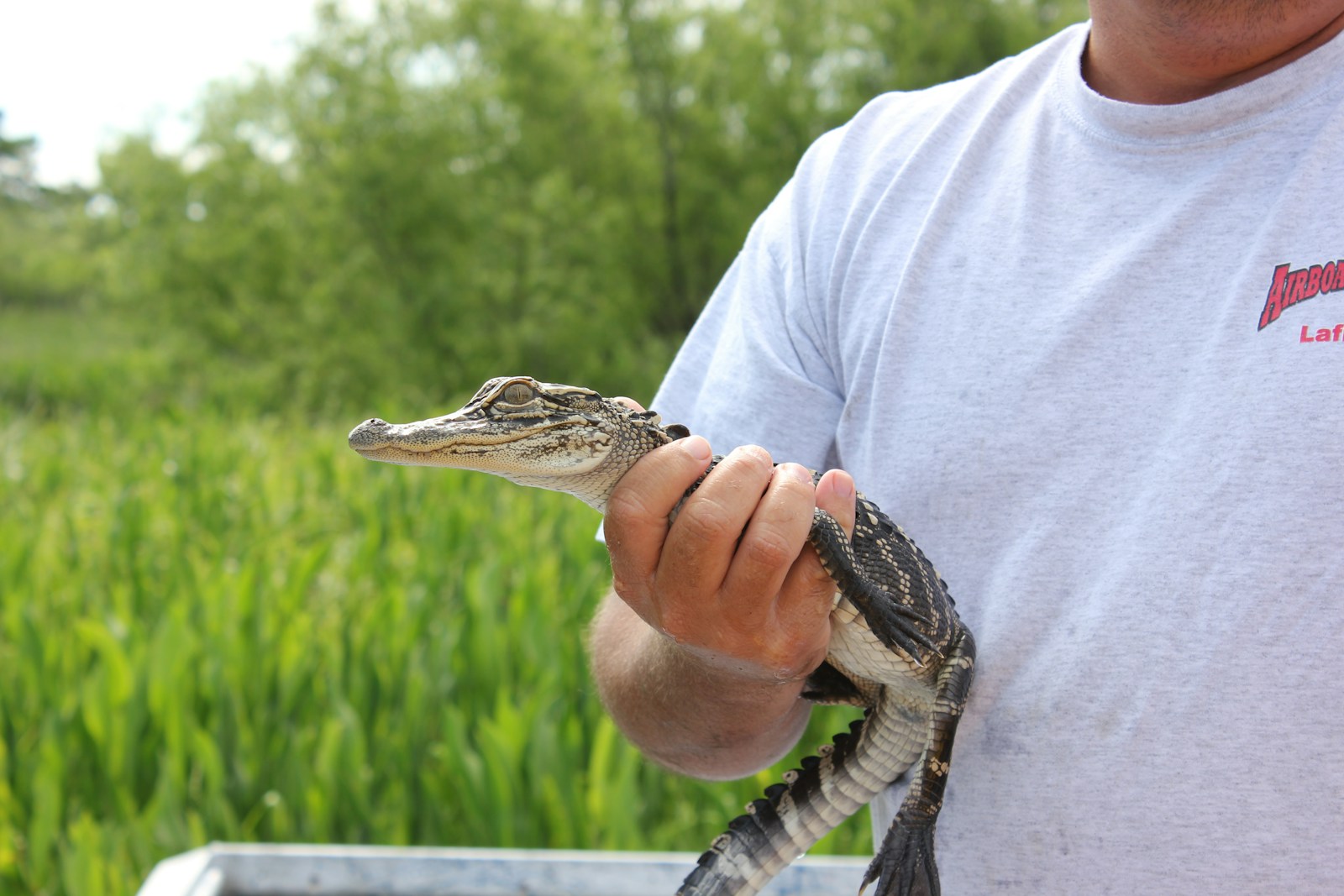
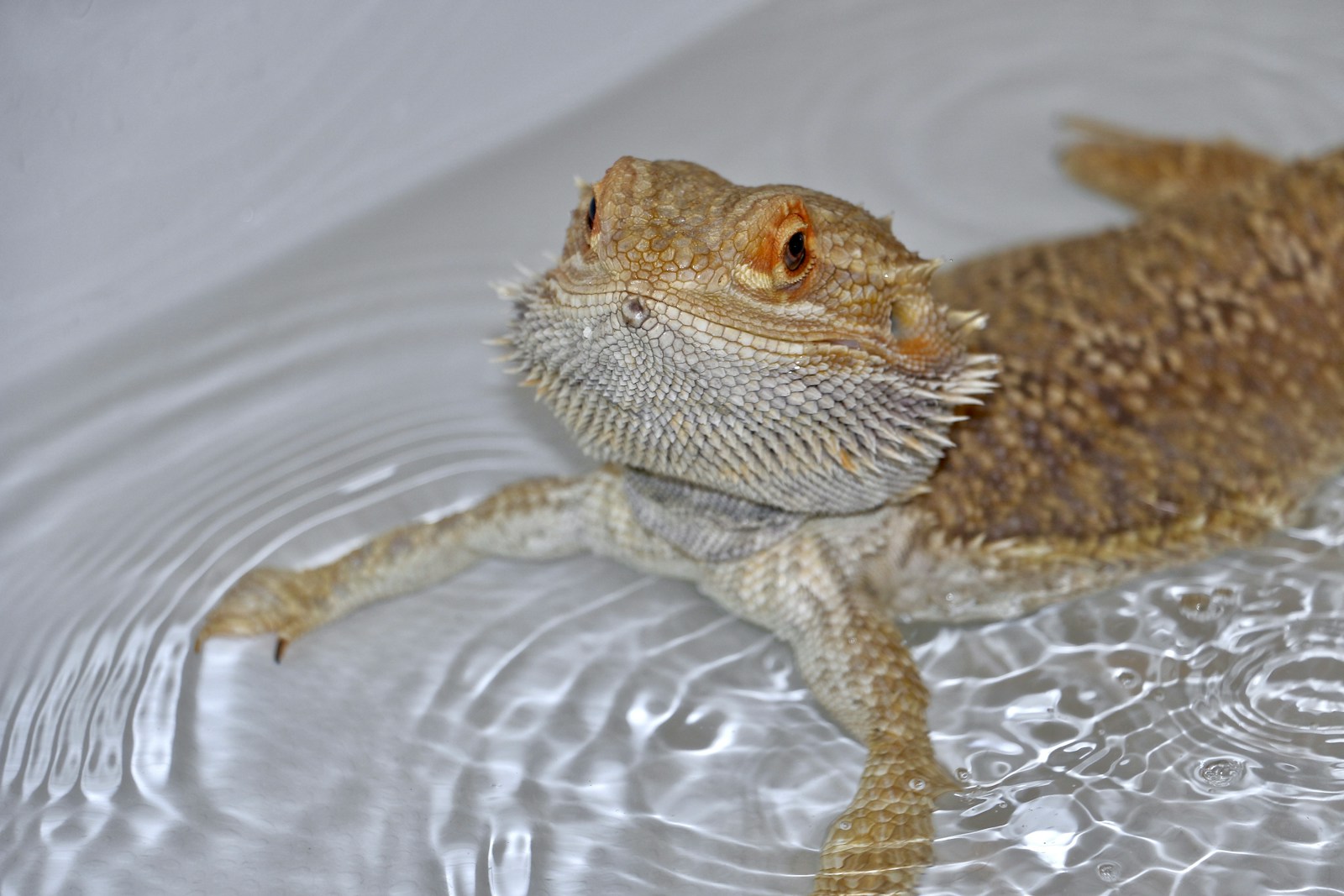




Leave a Reply